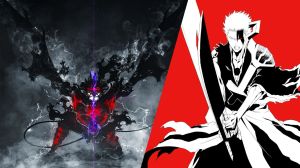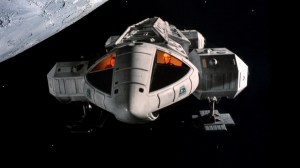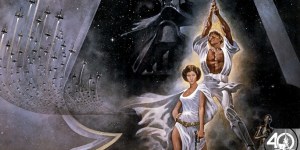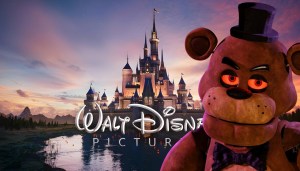The Ring Nebula has long been a focus point for the Hubble Space Telescope. Now that the Webb Space Telescope has been in operation for over a year, the Hubble’s successor has captured a stunning new image of the cosmic cloud. In fact, the snapshot is of such a high quality, it nearly looks like a still of Dormammu for 2016’s Doctor Strange.
Videos by ComicBook.com
Captured by a team of researchers at the University of Manchester, the new snapshot shows the Ring Nebula, real name Messier 57, in its full purple and emerald glory.
“The James Webb Space Telescope has provided us with an extraordinary view of the Ring Nebula that we’ve never seen before,” Dr. Mike Barlow, lead scientists for Webb’s Ring Nebula project, said in a press release. “The high-resolution images not only showcase the intricate details of the nebula’s expanding shell but also reveal the inner region around the central white dwarf in exquisite clarity. We are witnessing the final chapters of a star’s life, a preview of the Sun’s distant future so to speak, and JWST’s observations have opened a new window into understanding these awe-inspiring cosmic events. We can use the Ring Nebula as our laboratory to study how planetary nebulae form and evolve.”
The Ring Nebula is made up of the remnants of a dying star and is located some 2,600 light-years from Earth.
What is the Webb Space Telescope?
In short, the Webb observatory is the successor to the Hubble Space Telescope. Using its new technology, scientists have been able to examine parts of the known universe previously unobservable.
“If you think about that, this is farther than humanity has ever moved before,” NASA administrator Bill Nelson previously said of the JWST. “And we’re only beginning to understand what Webb can and will do. It’s going to explore objects in the solar system and atmospheres of exoplanets orbiting other stars, giving us clues as to whether potentially their atmospheres are similar to our own.”
“Our goals for Webb’s first images and data are both to showcase the telescope’s powerful instruments and to preview the science mission to come,” astronomer Klaus Pontoppidan, Webb project scientist at STScI, added of the images. “They are sure to deliver a long-awaited ‘wow’ for astronomers and the public.”
For additional space and cosmic stories, check out our ComicBook Invasion hub here.








